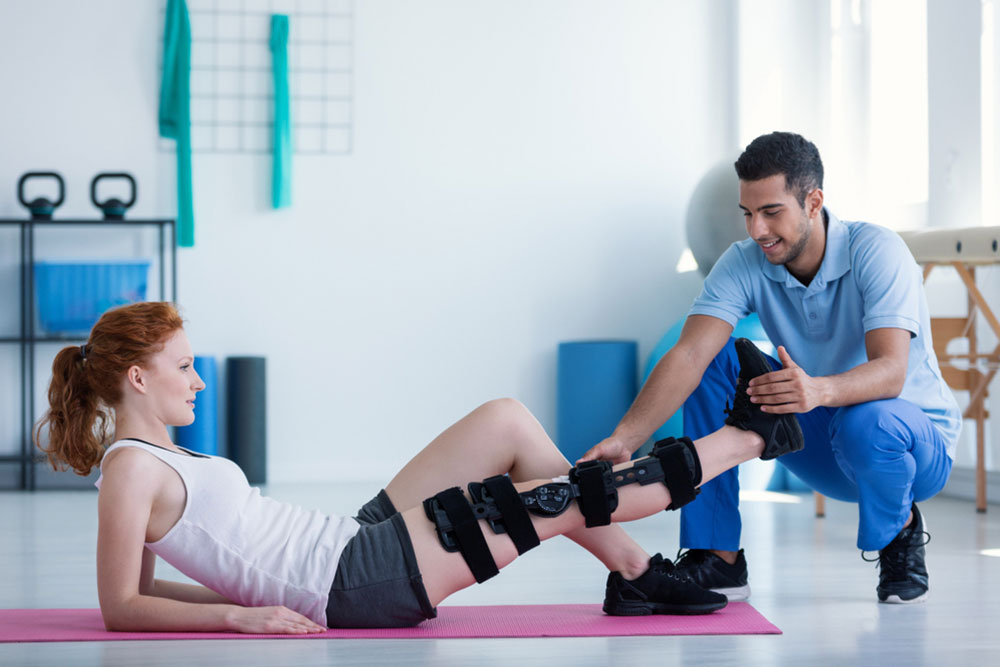
Equipment used in occupational and physical therapy
Occupational and physical therapy are two popular treatments with several benefits. They help reduce or prevent the deterioration of a patient’s health or quality of life following an injury, surgery, or illness. While both have some things in common, they differ significantly in approach and end goals. This post briefly discusses the types of equipment doctors use for occupational and physical therapy. But first, let’s understand how these treatments differ from each other.
Physical therapy vs. occupational therapy
Physical therapy, also known as PT, focuses on enhancing mobility, function, and range of motion. A physical therapist may employ a variety of exercises, massages, and other physical activities for this purpose.
Occupational therapy, or OT, helps patients resume their daily duties while tackling a chronic condition. Therapists work on the patient’s fine and gross motor skills so they can perform routine tasks. The expert also optimizes one’s home or school to make living with a specific disorder easier.
Physical therapy equipment
Physical therapists use different tools during therapy sessions. Some common examples are:
Foam rollers
Foam rollers aim to alleviate muscle discomfort and expand one’s range of motion. Numerous forms and dimensions of foam rollers are available.
Stationary peddlers
Stationary peddlers are excellent for cardiovascular exercise at home or in the workplace.
Balance balls
Balance balls and rocker boards help people regain and enhance their balance through various exercise techniques.
Inversion tables
Using inversion tables, patients invert their entire bodies for spinal decompression and relief from back discomfort. These tables lower the body steadily, safely, and securely.
Hand putty
Hand putty helps regain and increase wrist strength through hand therapy. Several brands are in the market; patients can choose one after consulting their therapist.
Occupational therapy equipment
Occupational therapists recommend different types of equipment to help people perform basic actions comfortably. Some prominent examples are:
Sensory-friendly seating
Sensory seating is ideal for kids sensitive to hard surfaces. The seating apparatus uses soft materials to provide additional comfort, helping the child focus better.
Handwriting facilities
Patients with sensory processing issues or other special needs may struggle with writing. In such cases, experts recommend using writing aids at school and home. There are numerous options available, each serving a slightly distinct function.
Fidget or stim toys
Fidget tools are excellent for helping kids concentrate and self-regulate at school. Spinning, twisting, or squeezing toys are helpful for this purpose.
Weighted products
Weighted blankets and vests are frequently prescribed to kids with autism or sensory processing disorders. They help calm and organize the patient’s sensory system. These products can improve students’ academic records in school.
Oral sensory tools
Children with sensory processing disorders frequently search for objects to chew on. Oral sensory tools provide such kids with the necessary sensory input without interfering with their school day.
Although occupational and physical therapy can be used to treat the same condition, they follow different principles to achieve their goals. One’s specific requirements and health situation will determine the kind of treatment they need. Individuals should consult a healthcare professional to learn which method is suitable for them.




